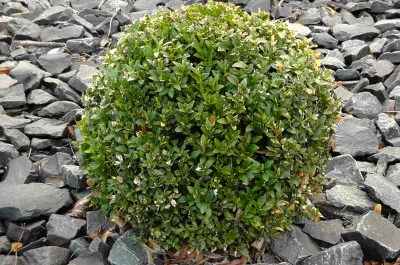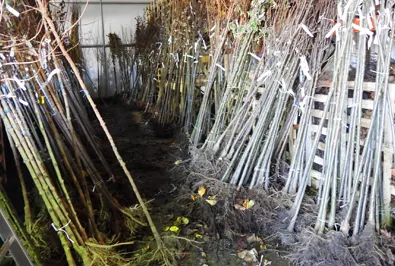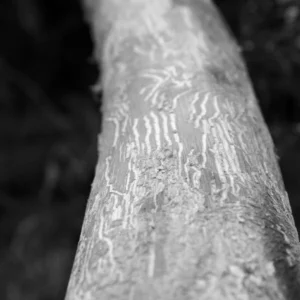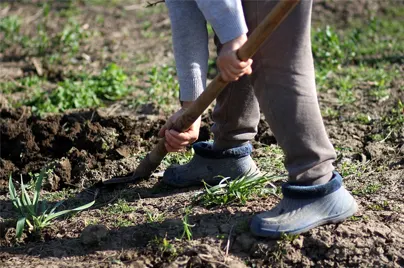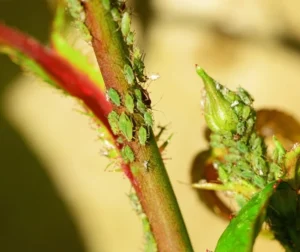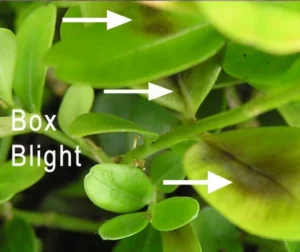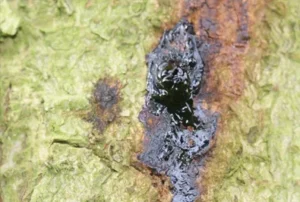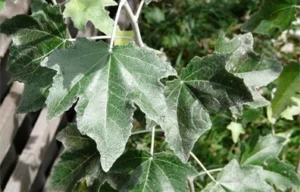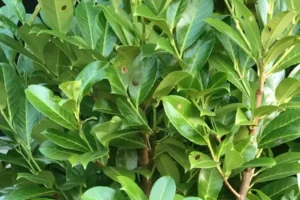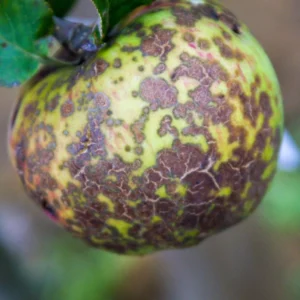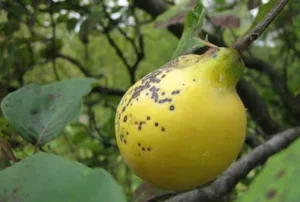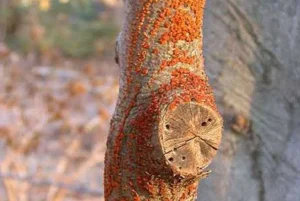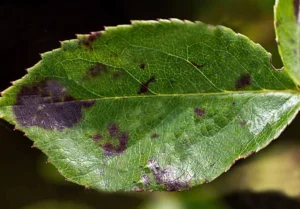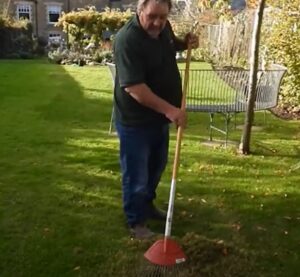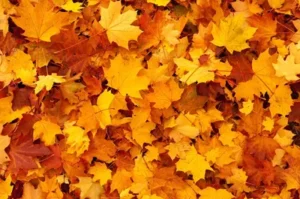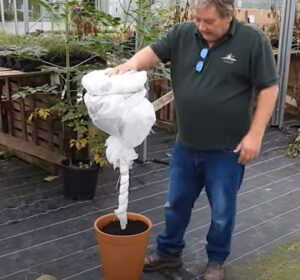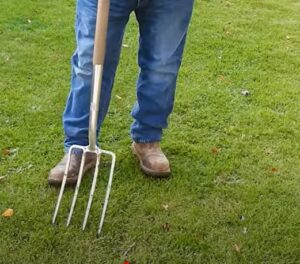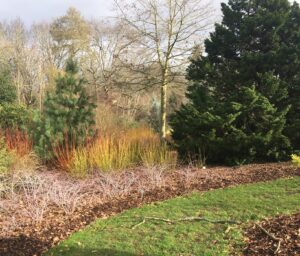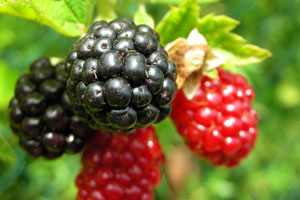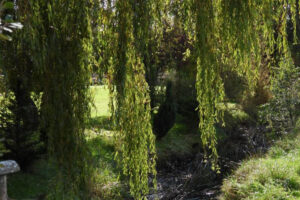Moving Evergreens Without Killing Them This article is all about moving evergreens like box, yew or pyracantha. Moving plants is not complicated, but by minimising the stress they endure, your success rate will be much higher. Preparation before digging up your plants You need a plan. Are you going to replant immediately? If so then make sure the new… Continue reading Transplanting Evergreen Trees & Shrubs
Category: Gardening Tips
Best Time To Plant Hedges & Trees In the UK
“Which month is best for planting?” is an age-old debate! You can plant trees or hedges at any time of year. There are pros & cons to each season. Watering new plants well in dry weather until they are established is the most important thing. Bareroot Season Starts In Autumn – November With woody plants like trees, hedge plants, or rose bushes, it’s always better to… Continue reading Best Time To Plant Hedges & Trees In the UK
Dutch Elm Disease
Dutch elm disease (DED) is caused by Ophiostoma novo-ulmi and Ophiostoma ulmi fungi, which primarily attack members of the Ulmus family (Elm trees). The disease probably arose in the far East and was introduced to Europe in about 1910, arriving in the USA a few years later; it was just identified in the Netherlands first. European and American elms trees which… Continue reading Dutch Elm Disease
Slit Planting Vs Planting In A Trench Or Hole
Compare Slit Planting VS Trench Planting Slit Planting Used for bareroot hedging & trees under 80cm Mainly for country hedges & forestry planting of sapling trees Does not allow you to improve soil Roots must be small enough to sweep down into a slit Quick and easy See our Country Hedge Planting Film Trench /… Continue reading Slit Planting Vs Planting In A Trench Or Hole
Rose Pests and Diseases
Deer love the top shoots, buds and foliage Leaving ragged stems and bare branches as they go. They are particularly attracted to new planting out of sheer inquisitiveness. Deer tend to graze at night so it is difficult to frighten them off. They are more of a pest when foraging elsewhere is reduced; when berries or… Continue reading Rose Pests and Diseases
Rose Replant Disease
What is rose replant disease? Rose replant disease is probably the most common example of specific replant disease, which can affect several other trees in the rose family, including all the fruit trees commonly grown in the UK. It occurs when you try to plant a new rose right in the same soil one was… Continue reading Rose Replant Disease
How to Apply Rootgrow Fungi With Gel
When you buy woody plants from us, our basket butler calculates the amount of Rootgrow granules your order needs, and offers it to you with a click. That’s how important Rootgrow mycorrhiza are for your roots: you can’t see them, but those roots are most of the value when you lay down cash for a… Continue reading How to Apply Rootgrow Fungi With Gel
Box Blight Disease
Box Blight refers to two separate fungi that attack Common Box and Dwarf Box.It does not affect Box-Leaf Holly, nor Sweet Box. The two fungi can be present together. Cylindrocladium buxicola is relatively new in the UK. It causes dead spots on leaves, and eventually full defoliation, killing the plant. It can be identified by the wispy grey-white fungus on the… Continue reading Box Blight Disease
Horse Chestnut Tree Canker Disease
Horse Chestnut Canker, caused by the bacteria Pseudomonas syringae pv aesculi, is the most serious disease affecting trees in the Aesculus family. The canker will attack trees of all ages and is most dangerous on trees in the age range up to 30 years old, after which their trunks get wide enough for girdling to… Continue reading Horse Chestnut Tree Canker Disease
Horse Chestnut Leaf Blotch
What are these brown spots on my conker tree’s leaves? Horse Chestnut Leaf Blotch is a fungal condition called Guignardia aesculi that affects horse chestnuts, not sweet chestnut. The main symptom is irregular brown blotches on the leaves, starting at the edges, from late June. Although Horse Chestnut leaf blotch is not pretty, it does not… Continue reading Horse Chestnut Leaf Blotch
Silver Leaf Diagnosis & Treatment
There is no need to be afraid of Silver Leaf disease, which rarely affects Cherry and Plum trees in gardens, and even then typically on old trees. The disease is a concern for orchard owners, who have their livelihoods on the line with long rows of the same variety, creating the ideal environment for disease to spread. With that said, when you have a… Continue reading Silver Leaf Diagnosis & Treatment
Powdery Mildew Disease
What is this White Fungus on my Trees and Hedges? Powdery Mildew is caused by a group of fungi that form a grey-white coating on leaves. Sometimes it’s so thick that it looks like the leaves were spray-painted, and sometimes it’s hard to see the fungus itself, only the damage it causes. Powdery Mildew can… Continue reading Powdery Mildew Disease
Laurel Leave “Shot Hole” Disease
Why Are There Holes in My Laurel Leaves? If it looks like something is eating Swiss cheese style holes in your cherry laurel or Portugal laurel hedge, it’s a harmless condition called Laurel Shot Hole. It may seem like a mysterious insect has been eating your leaves, but Shot Hole is caused by a couple of different fungi,… Continue reading Laurel Leave “Shot Hole” Disease
Apple Scab & Pear Scab Disease
What is Apple Scab and Pear Scab? Apple Scab and Pear Scab are functionally the same, although the specific fungus is different: Can I eat apples and pears with Scab? Yes, apples and pears with scab are perfectly safe to eat. They only look ugly, underneath the skin they should taste the same, unless they… Continue reading Apple Scab & Pear Scab Disease
Quince Leaf Blight Disease
What are these brown spots on my quince tree’s leaves and fruit? Leaf Blight causes lots of brown splotches on leaves with dark dots in the middle. These start off reddish-brown then turn darker brown or black, typically joining up to make larger, irregular shaped patches on the leaves. Once they spread enough, the rest… Continue reading Quince Leaf Blight Disease
Coral Spot Fungus Disease
Coral Spot Identification Coral spot’s small orange-pink pustules are very distinctive. The fungus is active and producing spores almost year round, but you mainly see it in Winter. What is Coral Spot, and How Bad is It? Coral Spot fungus, Nectria cinnabarina, is mainly saprophytic, meaning it eats dead wood. But it can become a serious parasite… Continue reading Coral Spot Fungus Disease
Rose Black Spot Disease
What are these black spots and yellow patches on my rose’s leaves? Black spots on rose leaves, usually surrounded by yellowing areas, are caused by the fungus Diplocarpon rosae, the most widespread and serious fungal disease affecting members of the rose family. Black Spot spores lie dormant in the soil over Winter, then rise up and… Continue reading Rose Black Spot Disease
Year Round Guide To Essential Garden Jobs
January Hedging Fruit Trees Garden Trees Roses Soft Fruit Climbers Bulbs Olive and Bay Nature Other February Hedging Fruit Trees Garden Trees Roses Soft Fruit Climbers Bulbs Olive and Bay Nature Other March Hedging Fruit Trees Garden Trees Roses Soft Fruit Climbers Lavender Bulbs Olive and Bay Herbs and Veg Borders and Flowers Other April… Continue reading Year Round Guide To Essential Garden Jobs
How to Scarify Your Lawn
Scarifying Your Lawn is Easy With a Springy Garden Rake Lawn scarification in the UK is done in Autumn or Spring, about every two to three years in a garden, to get rid of “thatch“. Lawn thatch consists of living grass roots, the woodiest parts of dead grass, and usually moss, all piled in a… Continue reading How to Scarify Your Lawn
How To Make Leaf Mould
What is Leaf Mould? Raking up leaves is part of a gardener’s life. The best way to make use of all those leaves is to keep them as mulch, compost, or leaf mould: that crumbly, airy, free draining stuff that improves soil, and makes a superb potting medium for seeds and cuttings. Which Leaves Should… Continue reading How To Make Leaf Mould
How To Use Horticultural Fleece on Pots
Wrap up outdoor potted plants to protect them from frost for Winter When Winter frosts are on their way, sensitive plants that aren’t practical to move into shelter should be wrapped up to protect them from the freezing weather. This is most important for tender plants, but even relatively hardy bay leaf trees can still… Continue reading How To Use Horticultural Fleece on Pots
How to Aerate Your Lawn With A Garden Fork
Using a trusty garden fork to aerate your lawn is suitable for most gardens. It’s a nice, gentle workout that you can spread over a couple of weeks, and it leaves no mess of soil plugs like an aerator machine.If you have a huge lawn, then it makes sense to invest in an aeration machine,… Continue reading How to Aerate Your Lawn With A Garden Fork
Best Plants for a Small Garden Wildlife Hedge
A good hedge is an invaluable addition to any garden. It delineates and disguises boundaries, providing privacy for humans and habitats for wildlife, with nest sites for birds and foliage, blossom, nuts, and fruits to eat. The leaf litter at the base of a mature hedge is perfect for hibernating creatures, especially reptiles and amphibians,… Continue reading Best Plants for a Small Garden Wildlife Hedge
Royal Horticultural Society Wisley Winter Walk
In January, gardeners stare longingly at soggy patches of lawn and bare trees, scouring the earth for the tender spear of a spring bulb or the plump purple protuberance of a leaf bud on a naked branch But, wait! I’ve already gone on about the best plants for a winter garden, which is all very… Continue reading Royal Horticultural Society Wisley Winter Walk
Best Plants for A Winter Garden
Tiny marvels dispel winter gloom: the uplifting power of nature! As I filled up the bird feeders yesterday, I noticed the intense dogwood stems contrasted against the fence, and the first winter clematis flowers emerging. I inhaled deeply, savouring the trace of witch hazel on the breeze. “Ah”, I said to myself, “I could feast… Continue reading Best Plants for A Winter Garden
Rootgrow by Empathy: RHS Approved Mycorrhizae AKA “Friendly Fungi”
Mycorrhizae fungi coexist with plant root systems in a sharing relationship underground The fungi give the plant water and soil nutrients in exchange for the sugars that plants make by photosynthesis Fungi grow much faster than roots, so they can increase a transplanted plant’s effective root area many times over in only a few weeks, during… Continue reading Rootgrow by Empathy: RHS Approved Mycorrhizae AKA “Friendly Fungi”
How to Rake Gravel Masterclass
Being a Rake-y Master in the garden looks easy when you see a professional Irishman on the job, but it’s a gravely serious task The secret to lush, flowing gravel that wows and pleases is to start with natural, smooth gravel, and then to give it a regular raking. In the good old days, gravel… Continue reading How to Rake Gravel Masterclass
Urban Fruit Growing: Soft Fruit Edition
Wiltshire-based garden designer Dan Combes wonders why there aren’t more berries, especially in urban areas and their small gardens where a fruit tree might be too big Over the last the weeks, I have planted thousands of bulbs: all inedible. But why (London, I’m talking to you especially) am I not being asked to plant… Continue reading Urban Fruit Growing: Soft Fruit Edition
Why Willows and Drains do not Mix…
A video on why willows and drains should not be too close together…
Monty Don’s Urgent Hessian Sack Advice
BBC presenter Monty Don makes a helpful suggestion about caring for bareroot plants on delivery, but do you have enough hessian? Monty Don has done more to get girls in the garden than any other handsome, famous face: those cheekbones and that cheeky grin. For that, he is eternally forgiven for everything as far as… Continue reading Monty Don’s Urgent Hessian Sack Advice

